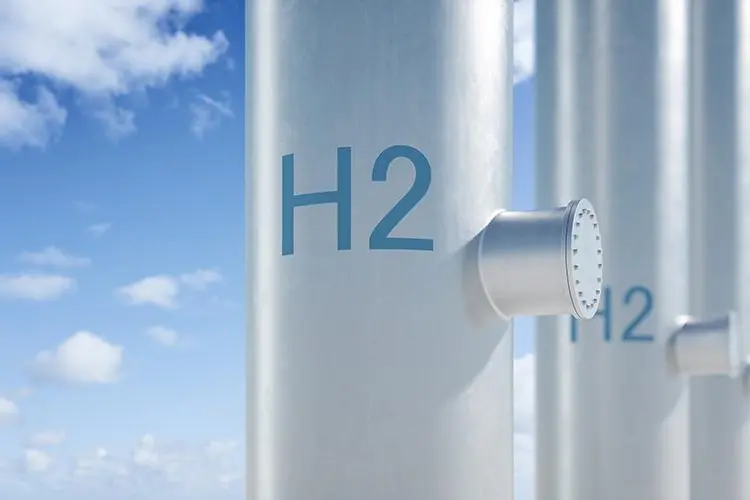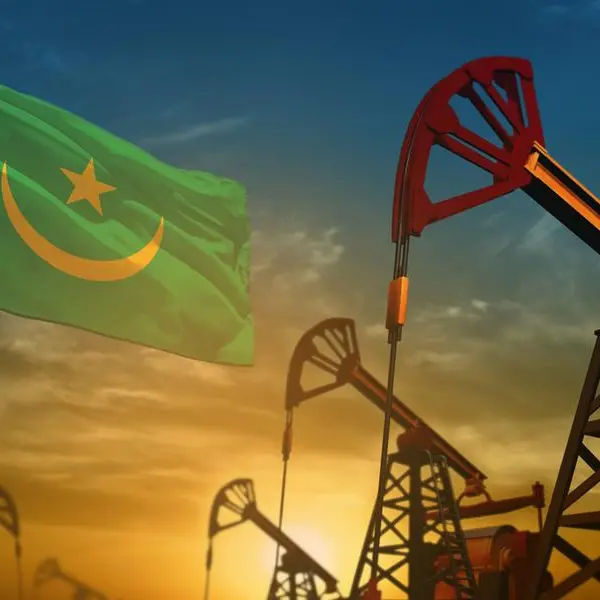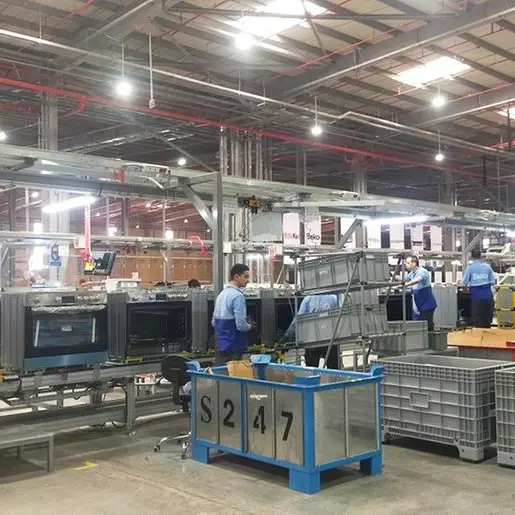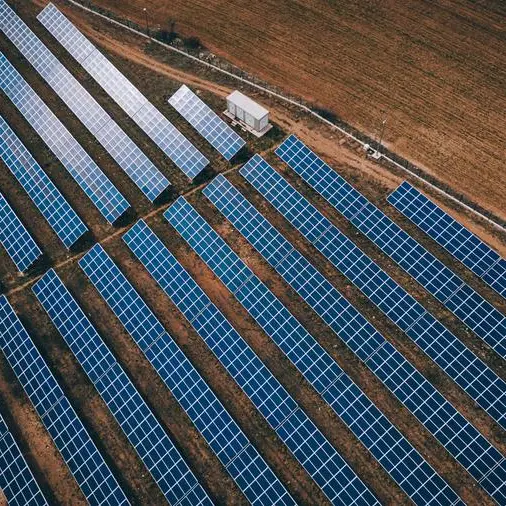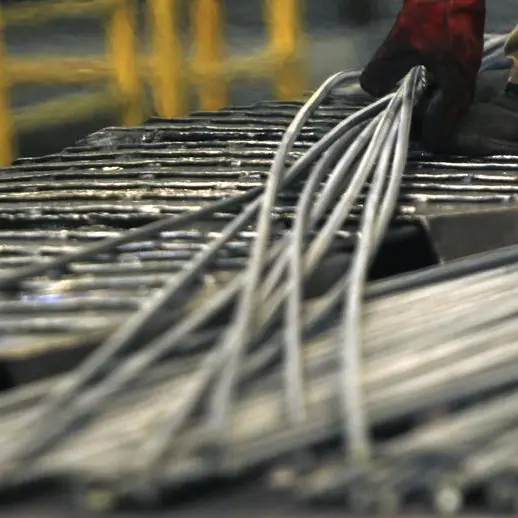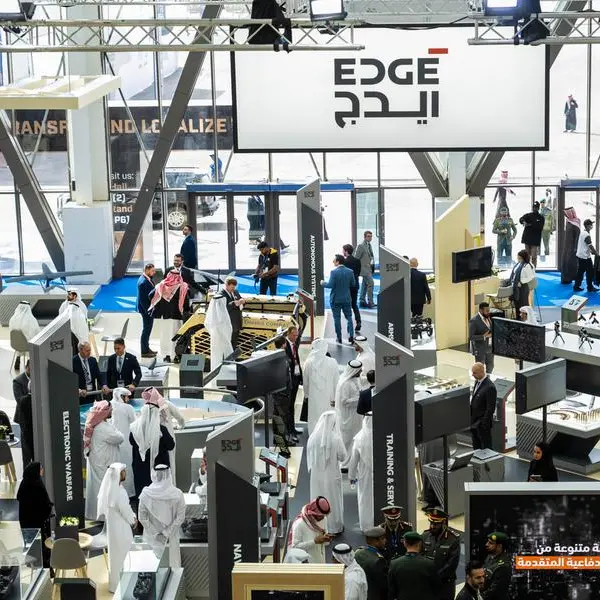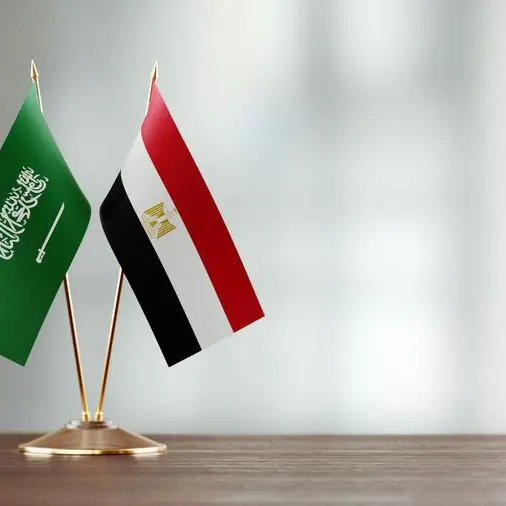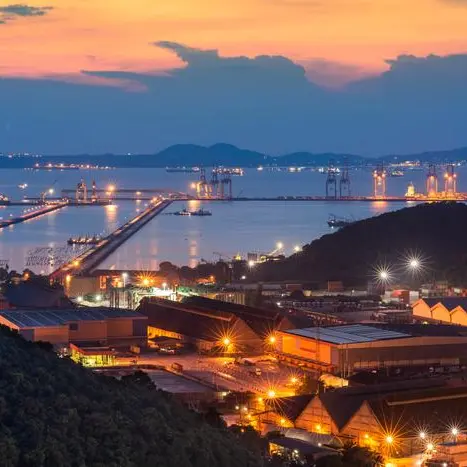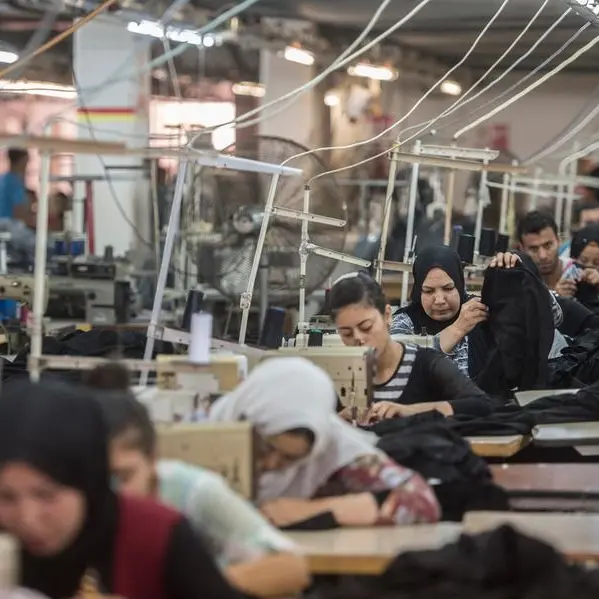PHOTO
Africa’s total announced electrolyser pipeline capacity has reached 114 gigawatts (GW), according to Rystad Energy analysis.
Countries in Sub-Saharan Africa account for 70 GW or 61 percent of the total with Mauritania alone covering 50 percent of the total, followed by South Africa and Namibia.
“Sub-Saharan Africa holds a highly strategic position for the development of a successful green hydrogen economy as South Africa sits on about 90 percent of the world’s global platinum group metals reserves – critical for the production of polymer electrolyte membrane (PEM) electrolysers,” noted the report adding projects focusing on Sustainable Aviation Fuel (SAF) are attracting significant attention in South Africa.
Sasol and a consortium comprising Linde, Enertrag and Navitas Holdings collaborated to produce SAF with the support of the German government’s H2Global auction platform. Sasol is exploring a feasibility study at the Secunda synfuel plant and opportunities for possible export to Germany. Hive Hydrogen announced a $4.6-billion, 780,000-tonnes per annum green ammonia plant with its dedicated power supply at the Coega Special Economic Zone alongside the Port of Ngqura.
The German government has also approved a €15 million subsidy for chemicals company Linde to fund the HySHiFT renewable hydrogen project in Mpumalanga, which is being pursued in collaboration with Sasol, Enertrag and Hydregen Energy. The companies plan to construct a facility producing e-kerosene using a 200-megawatt (MW) electrolyser plant.
“The major impediment to building these mega projects and associated infrastructure will be investment,” noted the research. “Just 13 MW of the planned 114 GW has reached a Final Investment Decision to date.”
According to Rystad Energy analysis, African states are currently in the best position to supply green hydrogen in the quantities Europe requires.
“Africa’s unparalleled mineral reserves are critical for electrolyser production and the region’s fantastic renewable potential combined with Europe’s prodigious production and import targets will not just alter energy flows, they will create them anew,” said Rajeev Pandey, clean tech analyst at Rystad Energy.
“Part of the recently released European Union Green Industrial Plan seeks to promote renewable energy and green hydrogen projects across Africa, with an eye on establishing sustainable investment facilitation agreements to attract and expand regional investments.”
“The global green hydrogen economy is beginning to take shape, with Africa and Europe becoming a dynamo of production and use,” the report said.
(Writing by Sowmya Sundar; Editing by Anoop Menon)
